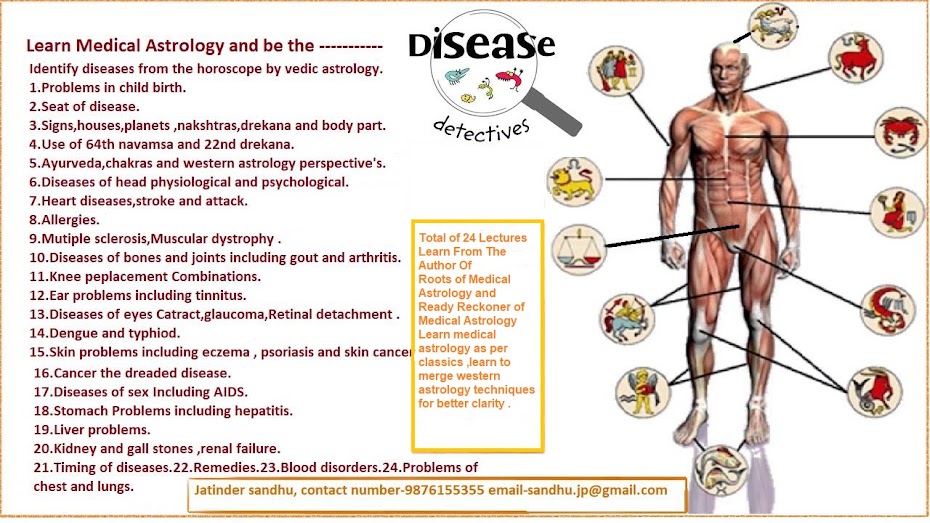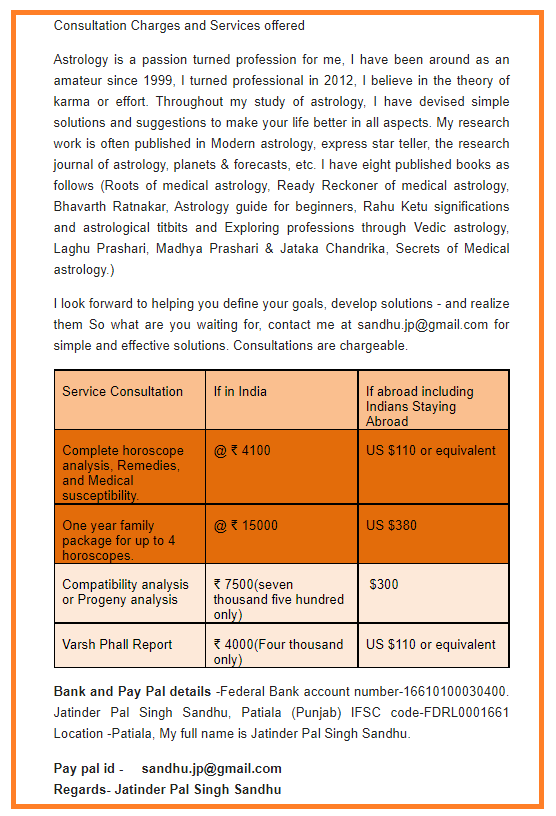LAYA YOGA AS THE HEART OF TANTRA
Laya-Yoga, which is at the heart of Tantra-Yoga, focuses on meditative “absorption” or “dissolution” (laya) of the subtle elements and other factors of the psyche or mind to the point of ecstatic realization (samadhi) and, finally, liberation. The word laya is derived from the root li, meaning “to become dissolved” or “vanish” but also “to cling” and “to remain sticking.” This dual connotation of the verbal root li is preserved in the word laya. The laya-yogins seek to meditatively dissolvethemselves by clinging solely to the transcendental Self. They endeavor to transcend all memory traces and sensory experiences by dissolving the microcosm, the mind, into the transcendental Being-Consciousness-Bliss. Their goal is to progressively dismantle their inner universe by way of intense contemplation, until only the singular transcendental Reality, the Self, remains.
Laya-Yoga is a frontal attack on the illusion of individuality. As Shyam Sundar Goswami, who has written the most authoritative book on the subject, explained: „Layayoga is that form of yoga in which yoga, that is samadhi, is attained through laya. Laya is deep concentration causing the absorption of the cosmic principles, stage by stage, into the spiritual aspect of the Supreme Power-Consciousness. It is the process of absorption of the cosmic principles in deep concentration, thus freeing consciousness from all that is not spiritual, and in which is held the divine luminous coiled power, termedkundalini. The laya-yogins are concerned with transcending these karmic patterns within their own mind to the point at which their inner cosmos becomes dissolved. In this endeavor they utilize many practices and concepts from Tantra-Yoga, which also can be found in Hatha-Yoga, especially the model of the subtle body (sukshma-sharira) with its psychoenergetic centers (cakra) and currents (nadi).
Central to Laya-Yoga, moreover, is the important notion of the kundalini-shakti, the serpent power, which represents the universal life force as manifested in the human body. The arousal and manipulation of this tremendous force also is the principal objective of the hatha-yogin. In fact, Laya-Yoga can be understood as the higher, meditative phase of Hatha-Yoga. As the awakened kundalini force ascends from the psychoenergetic center at the base of the spine to the crown of the head, it absorbs a portion of the life energy in the limbs and trunk. This is esoterically explained as the reabsorption of the five material elements (bhuta) into their subtle counterparts. The body temperature drops measurably in those parts, whereas the crown feels as if on fire and is very warm to the touch. The physiology of this process is not yet understood. Subjectively, however, yogins experience a progressive dissolution of their ordinary state of being, until they recover the ever-present Self-Identity (atman) that knows no bodily or mental limits.
While you need a teacher to help you learn any form of meditation well, you particularly need the aid of a teacher to learn layayoga meditation. There are five main energy centers in your spine and two in your head. The laya yoga meditator knows exactly how to locate these centers through the kind training of a teacher. When these centers are found, they function very much like doorways to different realms of higher consciousness. While you need a teacher to help you learn any form of meditation well, you particularly need the aid of a teacher to learn laya yoga meditation. There are five main energy centers in your spine and two in your head. The laya yoga meditator knows exactly how to locate these centers through the kind training of a teacher. When these centers are found, they function very much like doorways to different realms of higher consciousness. The five centers correspond roughly to the main areas of the spine. One is located in the area of the tailbone. The second center is in the area of the sacrum. The third is located in the spinal cord, back of the navel. Then the heart center, which we have mentioned. The throat center is found inside the spine at the base of the neck, directly back of your collar button. The first head center is the point half an inch above where your eyebrows meet in your forehead - it’s called the third eye. The second head center is at the crown of your head. Technically, this area is not a center at all, but is considered the main source of spiritual light and energy which is expressed throughout the body. While it is beneficial to sense where your centers are, it is not wise to concentrate on these centers or meditate on any of them without the help of a teacher. Over-stimulation of a center could cause pain, confusion, or intense desires. On the other hand, most people live on only three levels of consciousness - the material, sensual, and egoic - without ever opening the seven centers which bring higher consciousness. Laya yoga, with a qualified teacher, is an extremely worthwhile endeavor.

